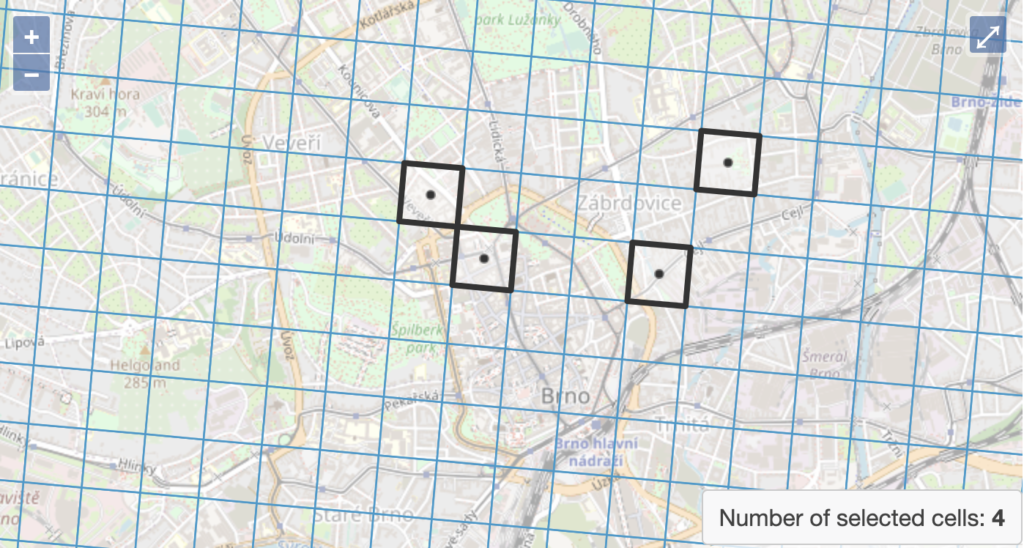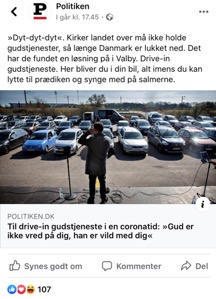-by Hendrik Wagenaar, King’s College London, Institute for Advanced Studies, Vienna
Every
crisis has its unique standout characteristic that later colours our memory of
it. With the dot.com crisis it was the newly minted stock market millionaires,
some among our family or friends, that went bust overnight. With 9/11 it was
the endlessly repeated images of the slow-motion collapse of the twin towers,
in large billowing clouds
of smoke, dust and flames. With the 2008 financial crisis it was the repeated
doomsday predictions of financial experts that the world’s financial system was
about to implode.
The current Corona crisis will be remembered for its data-heaviness: its iconic image is the curve. Every day the media open with the number of new infections, the daily death toll, the number of available ICU beds projected against the number of new cases, or, my favorite, P0, the index for the reproduction rate of a disease, the average number of people infected by one person – all this presented in colourful graphs and tables. Readers and viewers are assured that the number have been compiled by authoritative, scientific sources, organizations with bland acronyms that suddenly have become household names: Public Health England, the RIVM (Rijksinstituut voor Volksgezondheid en Milieu) in the Netherlands, the IMHE (Institute for Health Metrics and Evaluation) in Seattle. And most importantly, the pundits and commentators, can sigh their collective sighs of relief: Thank God, the curve is flattening. The daily number of deaths has declined now two days in a row. And there is, as always, the stock market to provide its own breathless commentary: Wall Street has seen the largest price decline since the 1930s. Massive gains over the last four days. And so it goes on.
The
datafication of the Corona crisis is a classic meme. It is the symbolic expression of an
underlying need, collectively felt but never expressed, a covert social meaning. Data, in whatever
shape or form, are a substitute for certainty in uncertain times. The public,
locked away in their homes, derive sparks of hope from the statistics and commentary moving across their
various screens. Governments, trying to project authority in a fog of
uncertainty, latch on to the
scientific credentials of their data sources. The following statement by the UK
Department of Health – a country where the government is increasingly
criticized for its belated response to the Corona crisis – is representative of hundreds such statements by government
agencies all over the world: “Our
response to coronavirus – including decisions on which measures we introduce
and when – is based on the latest scientific advice, modelling and evidence,
and we are working round the clock with world-renowned clinicians, public
health experts and scientists to keep this country safe.” (Guardian, April 8, 2020).
Confronted with the moral economy of datafication, the title of a book by Willem Frederik Hermans (1921-1995), one of the Netherlands’ greatest writers, came to mind. Moedwil en Misverstand in strong, resonant Dutch; Wilful Intent and Misconception, in accurate but cumbersome English . Hermans’ title expressed his bleak nihilistic cosmology of an indifferent universe, beyond pity or mercy, in which exposed, powerless individuals are driven by guilt, remorse and mutual misunderstanding. (Actually not a bad image of the Corona crisis.) I use it to typify the current attitude towards the Corona data. For despite the daily avalanche of data, its effect is mystification, deliberate and inadvertently. And, officials, experts and the media work hand in hand to create this overwhelming sense of befuddlement.
These ‘Hermansian’ thoughts came over me when I found in my Twitter timeline an article by Tomas Pueyo. Pueyo had compiled, presented and commented on a range of data on the Corona crisis in a way that, for the first time in these past months, struck me as useful and meaningful. Pueyo spoke truth to power. What did he do that the media overwhelmingly had failed to do so far?
First of all, Pueyo presents only comparative data. I understand the urge
to know about the infection rate or the number of Corona deaths in your
country, but this is more or less useless, and even misleading, information
without the ability to compare it to other countries. At the time of writing
this blog I learn that 234 people have died in the Netherlands in the last 24
hours bringing the cumulative total at 2101. The website of the IMHE allows me
to put that number in perspective. Austria, my country of residence, has had a total of 254 deaths at April 8, compared to 2,420 in the Netherlands. Differently put, the
Netherlands, with a population that is twice that of Austria, has almost ten
times as many Corona deaths. Germany (pop. 83 million) has 2098 deaths compared
to the UK’s (pop. 66,6 million) 8867. These numbers tell a powerful story, and
it is a story of the success or failure of policy making. Countries that
introduced stringent social distancing measures early on, that is, when the
number of Corona deaths was still low, and that engaged in large scale testing,
did much better than those that didn’t. Speaking truth to power.
Pueyo also asks astute questions about
infection rates. Each country publishes
official numbers on the incidence of infection.
They are close to useless, as they merely reflect the quality of the testing
regime. How can we reliably estimate the real number of infections? Pueyo
argues that the higher the percentage of positives, the more likely it is that
a country doesn’t test. Spain has a 50% positives rate, countries like Vietnam
or Germany, which have high
testing rates, around 4%. Spain’s count
is surely a serious underestimate. Using the number of deaths per 100 cases,
and assuming a 1% fatality rate, the numbers already double, Factoring in the
time between infection and death, and then working backwards towards the
infection rate, leads to an 8-fold
increase in the official numbers. On April 8, the website of the Dutch RIVM registers 19750 people who tested positively, an
increase of 777 compared to the day before (warning that the real number is higher because
not everyone who is infected has been tested). Pueyo gives us an idea of how much
higher: more likely around 160.000. Speaking truth to power.
There
is a lot more in Pueyo’s article, such as the delightful trouvaille of a
“Hubei”, as the standard measure by which to assess the future course of
Covid-19 infections (“As
a rule of thumb, a region that has more cases than Hubei but hasn’t taken the
same measures as Hubei at least as early as them is very likely to end up with
both more cases and more deaths than Hubei.), or his discussion of a study that links physical
distancing and the speed and size of economic recovery. I am a policy analyst
by training. What makes Pueyo’s work stand out, and act as a mirror to the
standard reporting on the Corona crisis, is that he is a brilliant policy
analyst. Before he presents data, he asks himself a relevant question. How
reliable are incidence data in light of different testing regimes? What do
national data tell us? How can we make accurate predictions about the rate of
economic recovery? He then concludes that the traditional numbers don’t answer
the questions and sets out to find creative solutions to enhance them. Some of
these improvements are straightforward: national numbers only make sense in
international comparison. Some are cleverly analytic: the number of deaths is a
more reliable indicator of the seriousness of the crisis than incidence. Can we
derive an estimate of the scope of incidence starting from mortality rates? Every
move in his article is forward-looking, action-oriented. If your region is a
“Hubei”, you better make work of stringent physical-distancing measures. The
quasi-experiment during the 1918 pandemic clearly shows that herd-immunity
strategies are associated slower and weaker economic recovery. And all this in
a style that is delightfully free of academic ponderousness. This is
first-rate, pragmatic, critical, useful policy analysis.
So, here’s my modest proposal. Away with politicians,
officials and pundits pontificating about the state of the Corona crisis. Away
with journalists who uncritically pass on the self-congratulatory fabrications
from, Washington, Westminster or The Hague. Give Pueyo a prime-time slot. But
that won’t happen, because his message is too subversive in the moral economy
of Corona reporting. I, for my part, will from now on assign Pueyo’s articles
as mandatory reading in my policy classes, and award a ‘Pueyo’ for the best
term paper. I hope Schools of Journalism will follow suit.



